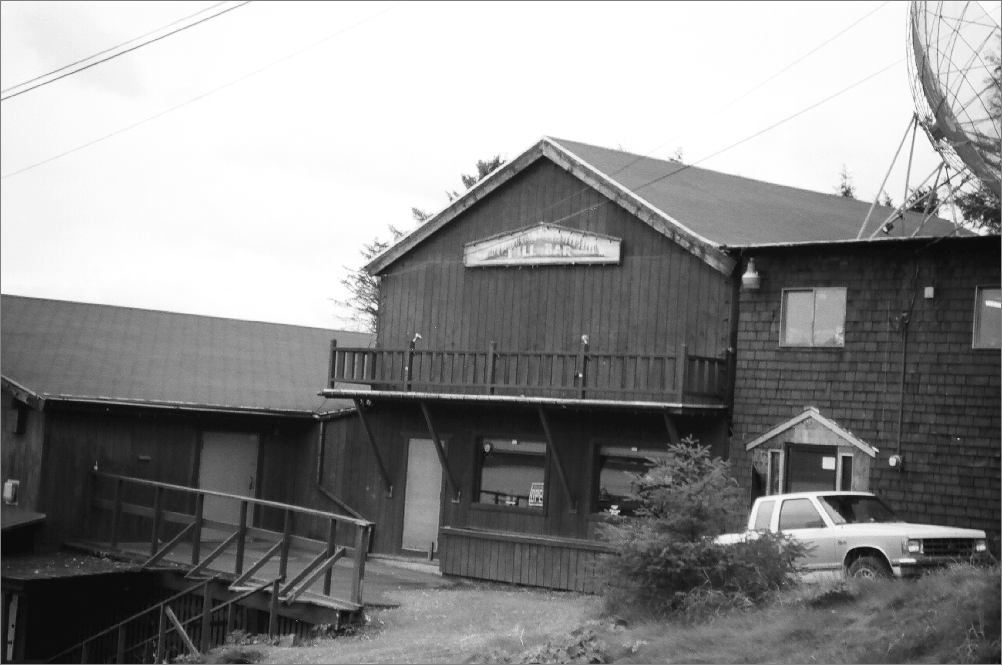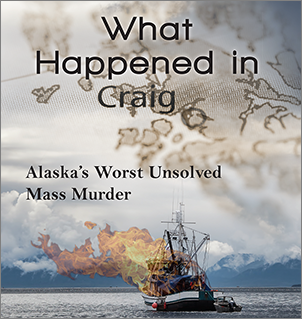“What Happened in Craig” In our last entry, we pointed to the inherent problems with the trooper walkthrough at the Hill Bar. Our focus was on the fear felt by the two Casino witnesses. Fear that kept them from fully canvassing the bar. Fear that may have compromised a suspect ID had they made one (which they didn’t). We owe it to you, dear reader, to consider the options.
In its 2014 compendium of eyewitness identification techniques, the National Research Council identifies six primary approaches to identifying criminal perpetrators. Most of them are familiar to even the casual student of police procedures.
- There’s the photographic array, wherein a selection of photographs are shown to the witness, who can then select one that most resembles the perpetrator;
- There’s the live line-up, where a physical suspect and several “fillers” are shown to the witness;
- There’s the show-up, in which the police show one person to a witness and ask if she or he recognizes that person;
- There’s what’s called the confirmatory photograph, where police display a single photograph to a witness in an effort to confirm the identity of a perpetrator;
- There’s the field view, which involves inviting a witness to view many people in a context where the perpetrator is thought likely to appear;
- And, finally, there are so-called “mug books” or “yearbooks,” which are collections of every potential perpetrator known to the police.
To be clear, four of these six techniques could not be used in the Investor case. Troopers didn’t have a suspect — they had a description of a suspect — so none of the photo approaches could be used. The live line-up was equally out of scope. That leaves two options.
On that September day in 1982, the trooper approach most resembled the show-up. They thought they might have a suspect and they wanted their witnesses to identify him. Except that… They didn’t really have a suspect and wanted their witnesses to perform a field view to confirm whether or not the identified person was their suspect. The troopers picked a hybrid approach, with none of the supposed advantages of either.

Hill Bar Entrance
Of the two options, the show-up is the most problematic: courts consider showups highly suggestive, and prosecutors urge the police to exercise caution when conducting them. “In response to case law, police typically restrict showups to a two-hour time period after the commission of a crime” and in close proximity to the scene [1]. The Hill Bar show-up was almost 24 hours after the fact and some distance from the then-known crime scene.
That leaves only one choice: the field view. In this case, the NRC uses the following (very instructive) example: “A plainclothes officer or investigator might take the eyewitness to the site and walk around with him or her during the lunch hour without directing his or her attention to any specific individual.” [2] This example immediately highlights the missing element at the Hill Bar: no plainclothes officer or investigator was present during either walkthrough.
Why is that important? A plainclothes officer is least likely to arouse the alleged suspect’s attention. With a plainclothes investigator present, moreover, the fear factor for the Casino witnesses could have been dramatically reduced. And the witnesses could settle into the bar, drink a coke and make casual observations. It gets complicated, though.
Ideally, the plainclothes investigator would have no idea as to the identity of the suspect. This prevents the officer from providing conscious or unconscious “tells” to the witness. Following this logic, the field view would also have to be carefully choreographed, so that the first witness (Bruce Anderson) could not give a tell to the second witness (Jan Kittleson).
Were these options even possible on that day in Craig? To my knowledge, there were no plainclothes officers in the vicinity. Could they have pressed someone into service? Could Kolivosky or McCoy have done a quick change act? They were at least ignorant of the alleged suspect’s identity, since only Jerry Mackie had seen him. But that’s a blind question with no answer. And an opportunity lost to circumstance.
[1] National Research Council. 2014. Identifying the Culprit: Assessing Eyewitness Identification. Washington, DC: The National Academies Press
[2] ibid
Copyright Leland E. Hale (2018). All rights reserved.

Order “What Happened In Craig,” HERE and HERE. True crime from Epicenter Press about Alaska’s Worst Unsolved Mass Murder.